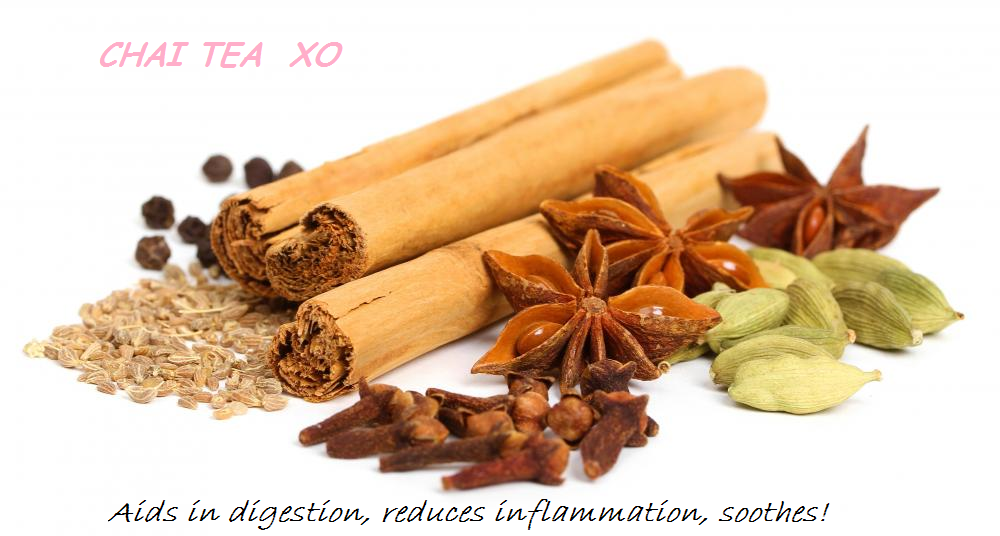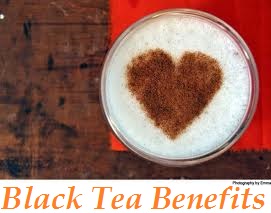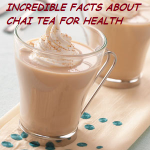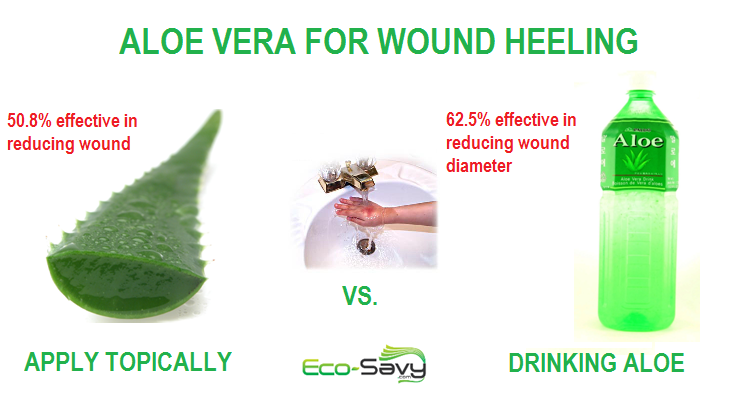Breaking news from North America’s most prestigious scientific journal called Nature regarding obesity. Scientists have discovered that gut microbes play a significant role in obesity! In fact, scientist found that the “good flora” (flora is science word for bacteria) in obese individuals intestines actually played a role in their weight gain. Have no fear though, this can be reversed 🙂
What are gut/intestinal bacteria?
Well, they are the kind of bacteria that help you stay healthy and build up strong immunity (i.e. help fight off the flu and come to your aid when you feel worn down or a bug coming on). The ever-so-popular yogurt, Activa actually contains good flora bacteria called acidophillis and bifidobacteria. If you don’t like Activa, you can always take acidophillis or bifidobacteria as a supplement. It can be found at your local health food or grocery store, such as Natures Emporium (refer to main banner link above). Note: I provided a link to the one I take everyday below – you can buy it on Amazon in five seconds – super easy and great deal!
How Was Gut Bacteria Linked To Obesity? Prove It!
Scientists from a research group at Washington University in Missouri took gut bacteria from four sets of human twins (one twin being obese and the other thin), and put the bacteria into mice bred to be germ-free. Interestingly, the mice that were given bacteria from an obese twin quickly gained weight, even though all the mice ate about the same amount of food.
What Happens When You Intermingle the Lean Mice with the Obese Mice?
Answer: The Mice All Became LEAN!
One interesting result found was when the scientists intermingled the obese and lean mice, they all became LEAN. At first, they knew the mice would exchange microbes and were just genuinely interested to find out what would happen. Surprisingly, the obese mice who were originally injected with “obese human gut bacteria” started to become thin like their neighbouring lean mice in the cage.
Apparently, the gut-bacteria in “lean mice/people” is much more diverse and is able to colonize a lot better than the less-diverse bacteria found in the guy of obese people. Thus arose the question as to “why isn’t there a lean epidemic in America??” The answer came down to diet.
Gut Bacteria Work In Your Favour To Keep You Slim When Presented With The Right Diet
If you want your bodies “good gut flora/bacteria” to work in your favour (i.e. colonies to be very diverse) and ultimately KEEP YOU SLIM, you have to present them with the most optimal environment. These bacteria will do there job correctly IF you don’t put too much crap in your body. Scientist found they responded best in terms of keeping weight off and working for your body overall when you eat a diet low in saturated fat.
When the mice were fed a diet low in saturated fat and high in fruit and vegetables, the transfer of gut microbes from mice with the lean type to those with the obese type still occurred. Hence, a human that ate along the same lines would still have their gut bacteria working IN THEIR FAVOUR to keep them slim.
On the contrary, when the mice were given a high-fat, low-vegetable diet this did not happen, and mice with the obese-type bacteria gained weight. “There’s an intricate relationship between our diet and how our gut bugs work,” says Gordon. “You have to have the right ingredients.”
Conclusion: Gut Bacteria Keeps You SLIM and Stops Working When You Eat High Saturated Fatty Foods
Moral of the story is to make sure to get lots of good bacteria and don’t eat foods high in saturated fat. Hence, eat lots of yogurt or take probiotics (i.e acidophillus and bifidobacteria supplements) as they can play a role in both maintaining your weight and shedding those unwanted pounds.
Reference
Nature. Bacteria From Lean Cage-Mates Help Mice Stay Slim. Brian Owens. (09-05-13). Available: http://www.nature.com/news/bacteria-from-lean-cage-mates-help-mice-stay-slim-1.13693












